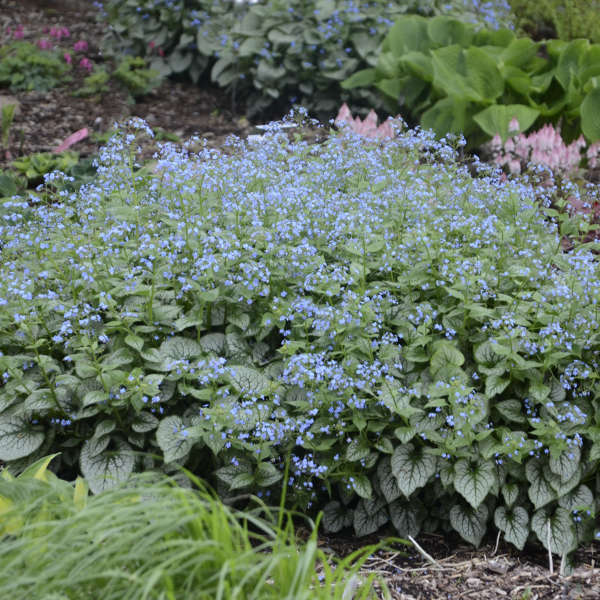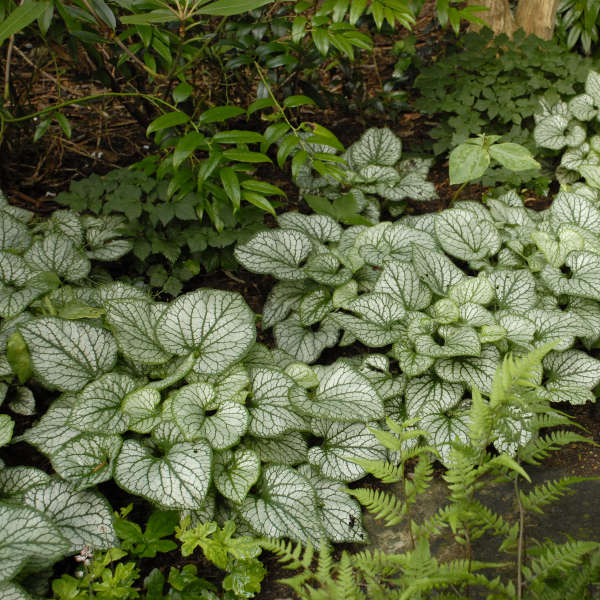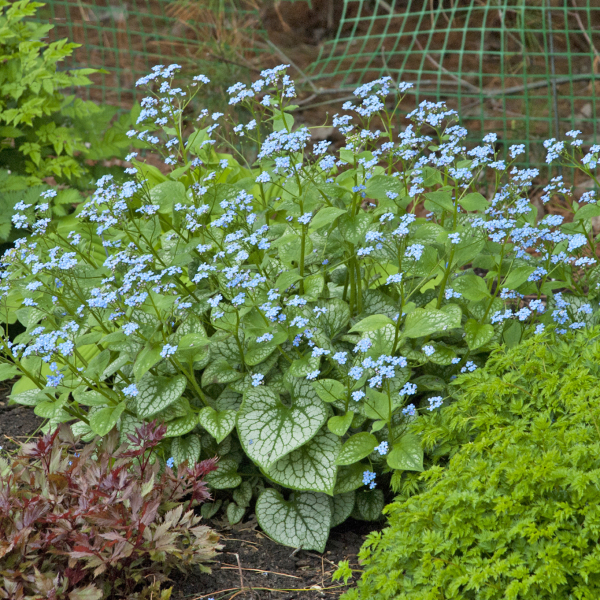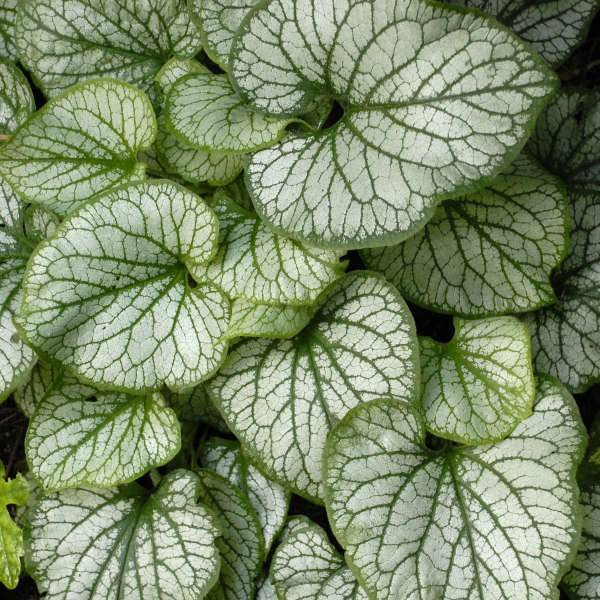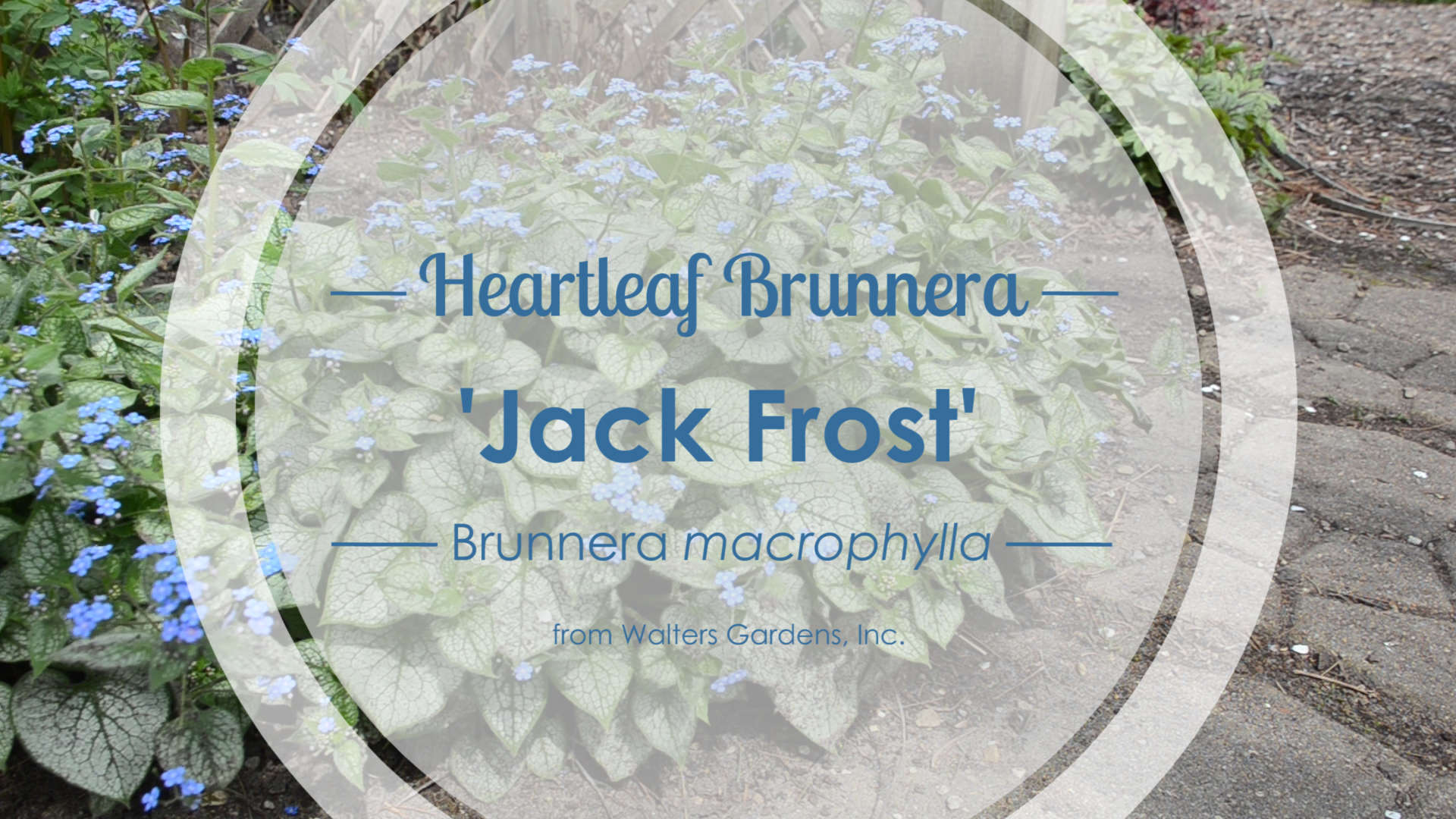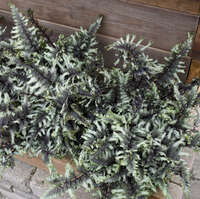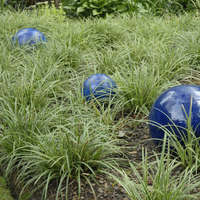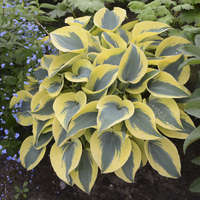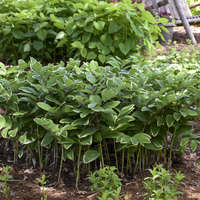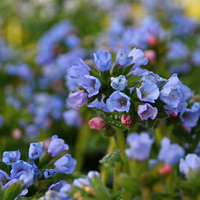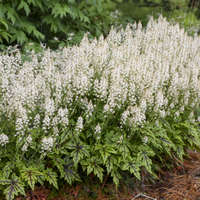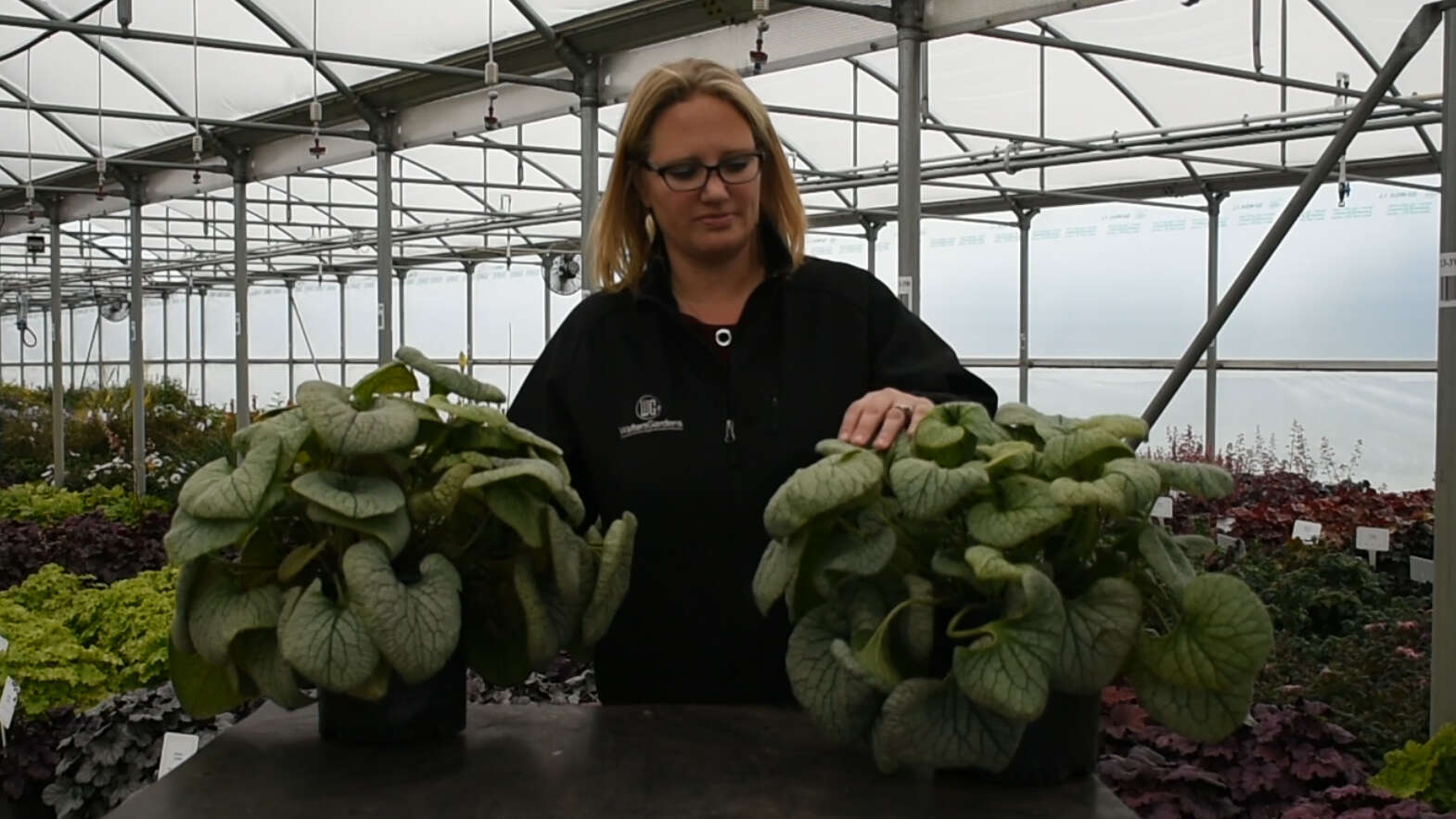Brunnera macrophylla 'Jack Frost' PP13859


Common Name: Heartleaf Brunnera, Siberian Bugloss
A sight to behold! The leaves of 'Jack Frost' are intricately detailed with a crackle-like finish. Though the leaves are dark green, they have a heavily frosted overlay which allows only the green veining to show through. From mid to late spring, baby blue, forget-me-not type blossoms are held in clusters several inches above the shimmering foliage. The effect is breathtaking.
Tip for southern growers and gardeners: 'Jack Frost' tolerates heat better than the older brunnera cultivars.
Brunneras are classic perennials that are treasured for their shade tolerance and lovely blooms. They make a fantastic groundcover, though the variegated forms may be slower to spread than the species. Try growing them in containers too so they will be close at hand when you want to snip a few blooms for a spring bouquet.
20ct Plug Tray |
72ct Plug Tray |
